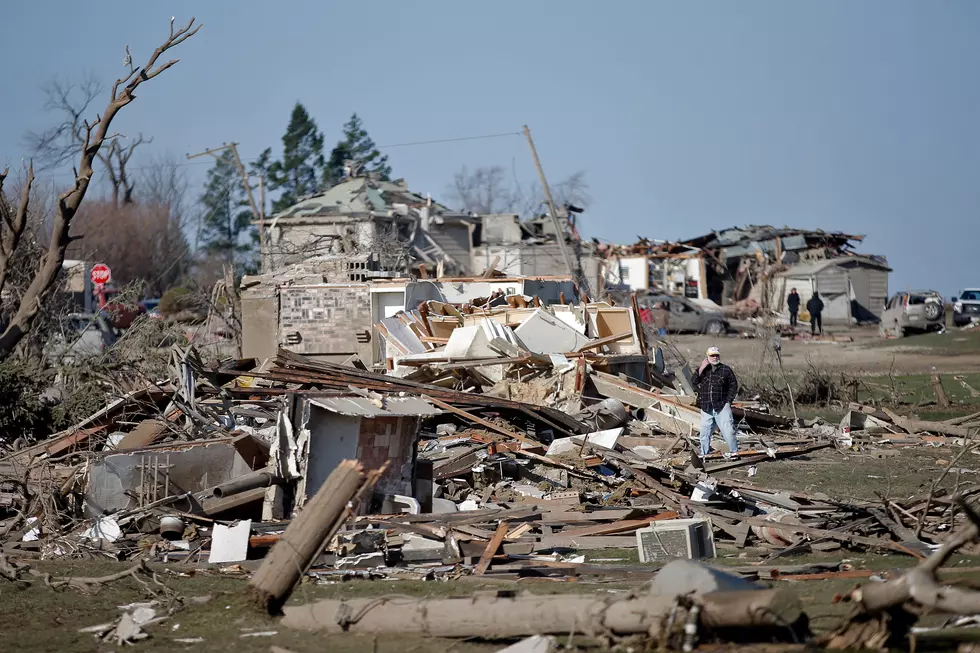Disaster Areas
Hello guys!!!
Welcome back to my blog...
In this blog I want to share about Disaster Areas, do you know which areas are disaster-prone?? to find out more about Disaster Areas let's discuss!

Types of Disaster
1. Natural Disasters
Welcome back to my blog...
In this blog I want to share about Disaster Areas, do you know which areas are disaster-prone?? to find out more about Disaster Areas let's discuss!

Disaster area an area where there has been a major disaster (such as a flood, tornado, or earthquake) and where people can receive special help from the government (such as money to rebuild homes or emergency supplies).
Types of Disaster
1. Natural Disasters
According to the International Federation of Red Cross &
Red Crescent Societies Natural Disasters are naturally occurring physical
phenomena caused either by rapid or slow onset events that have immediate
impacts on human health and secondary impacts causing further death and suffering.
These disasters can be:
- Geophysical (e.g. Earthquakes, Landslides, Tsunamis and Volcanic Activity)
- Hydrological (e.g. Avalanches and Floods)
- Climatological (e.g. Extreme Temperatures, Drought and Wildfires)
- Meteorological (e.g. Cyclones and Storms/Wave Surges)
- Biological (e.g. Disease Epidemics and Insect/Animal Plagues)
- Geophysical (e.g. Earthquakes, Landslides, Tsunamis and Volcanic Activity)
- Hydrological (e.g. Avalanches and Floods)
- Climatological (e.g. Extreme Temperatures, Drought and Wildfires)
- Meteorological (e.g. Cyclones and Storms/Wave Surges)
- Biological (e.g. Disease Epidemics and Insect/Animal Plagues)
The United Nations Office for Disaster Risk Reduction characterizes
Natural Disasters in relation to their magnitude or intensity, speed of onset,
duration and area of extent e.g. earthquakes are of short duration and usually
affect a relatively small region whereas droughts are slow to develop and fade
away and often affect large regions.
2. Man-Made Disasters
Man-Made Disasters as viewed by the International Federation
of Red Cross & Red Crescent Societies are events that are caused by humans
which occur in or close to human settlements often caused as a results of
Environmental or Technological Emergencies. This can include:
- Environmental Degradatio
- Pollution
- Accidents (e.g. Industrial, Technological and
Transport usually involving the production, use or transport of hazardous
materials).
3. Complex Emergencies
Some disasters can result from multiple hazards, or, more
often, to a complex combination of both natural and man-made causes which
involve a break-down of authority, looting and attacks on strategic
installations, including conflict situations and war. These can include:
- Food Insecurity
- Epidemics
- Armed Conflicts
- Displaced Populations
According to ICRC these Complex Emergencies are typically
characterized by:
- Extensive Violence
- Displacements of Populations
- Loss of Life
- Widespread Damage to both Societies and
Economies
- Need for Large-scale, Humanitarian Assistance
across Multiple Agencies
- Political and Military Constraints, which impact
or prevent Humanitarian Assistance
- Increased Security Risks for Humanitarian Relief
Workers
4. Pandemic Emergencies
Pandemic (from Greek πᾶν pan "all" and δῆμος demos
"people") is an epidemic of infectious disease that has spread across
a large region, which can occur to the human population or animal population
and may affect health and disrupt services leading to economic and social
costs. It may be an unusual or unexpected increase in the number of cases of an
infectious disease which already exists in a certain region or population or
can also refer to the appearance of a significant number of cases of an
infectious disease in a region or population that is usually free from that
disease. Pandemic Emergencies may occur as a consequence of natural or man-made
disasters. These have included the following epidemics:
- Ebola
- Zika
- Avian Flu
- Cholera
- Dengue Fever
- Malaria
- Yellow Fever
So guys that's all the information about disaster area, hope you like it and happy read it!!! Thank you.
Sources:
https://images.app.goo.gl/MNEVdcHM3EQrSwU17
Komentar
Posting Komentar